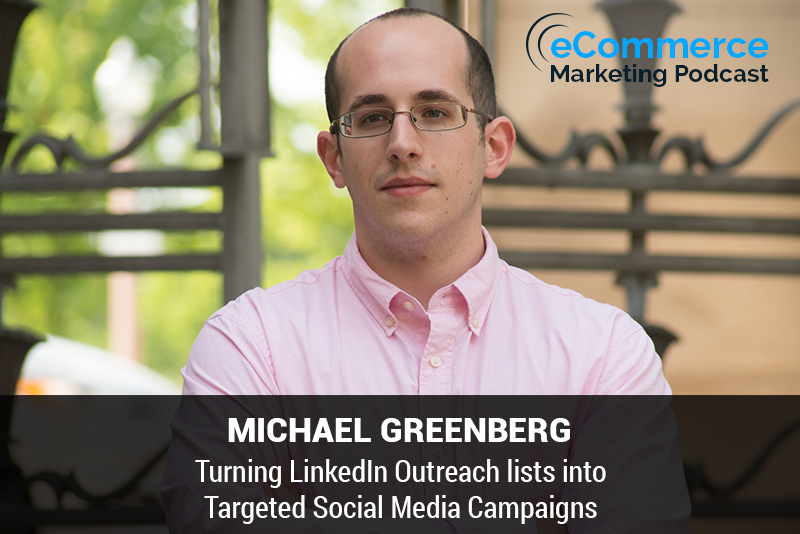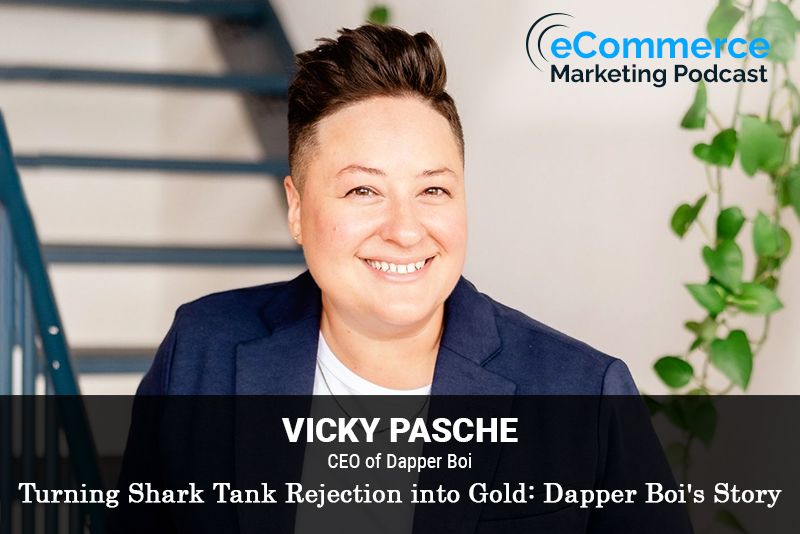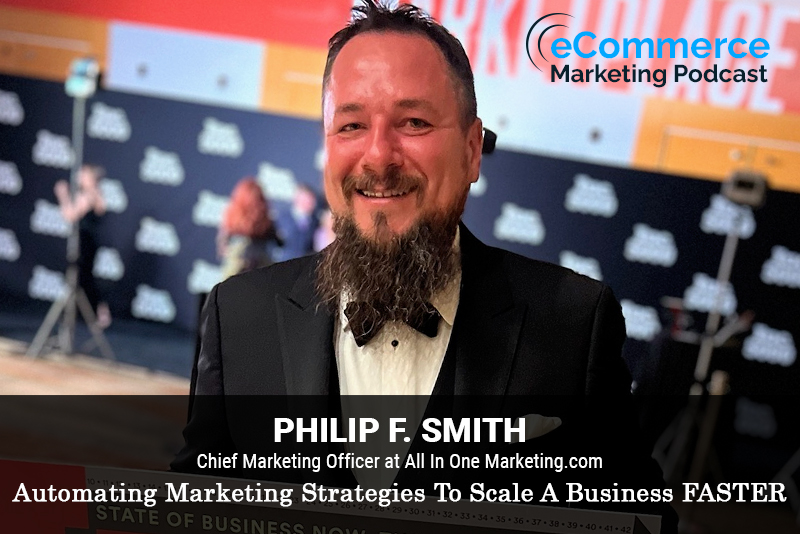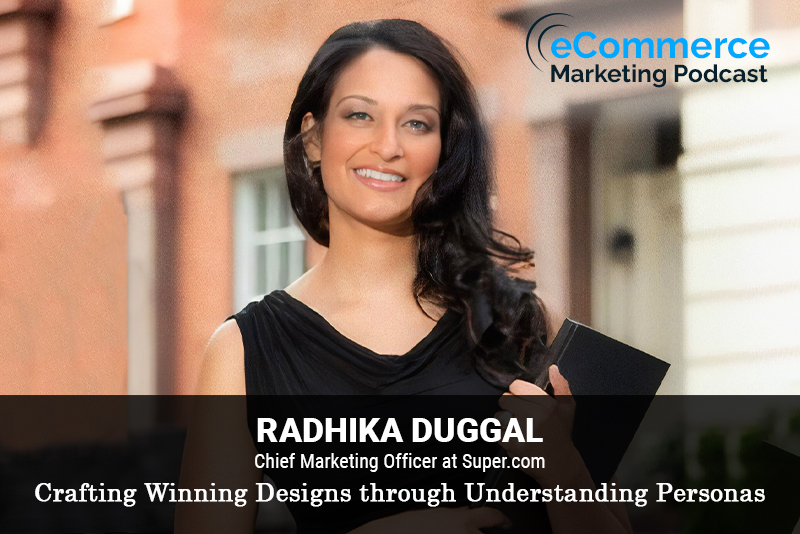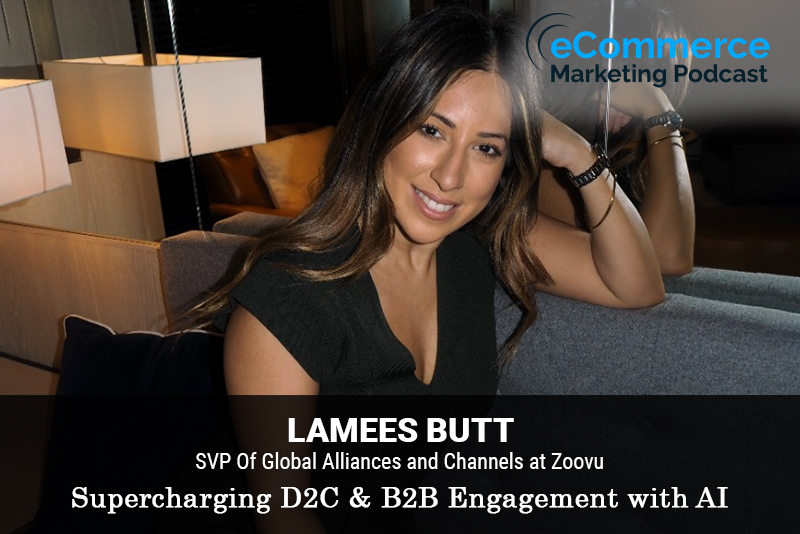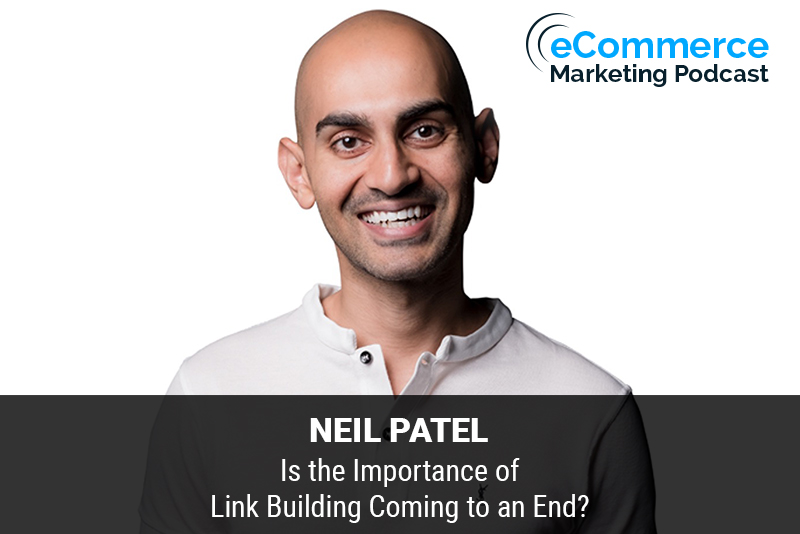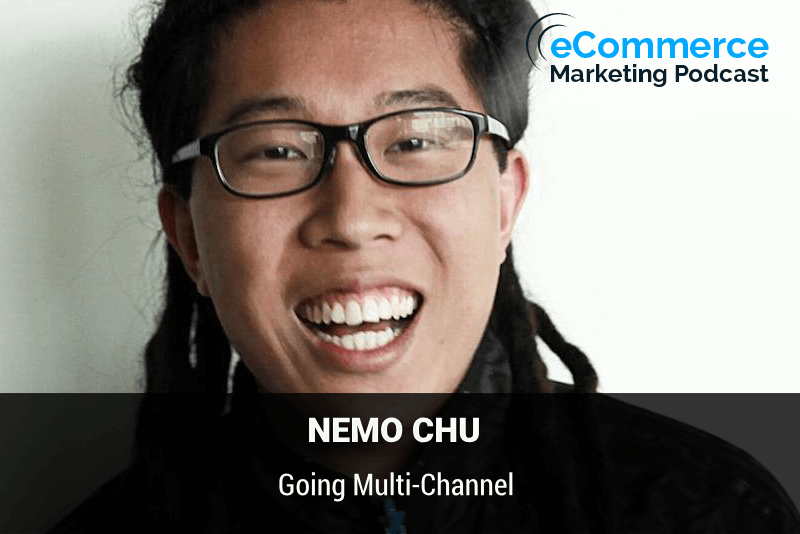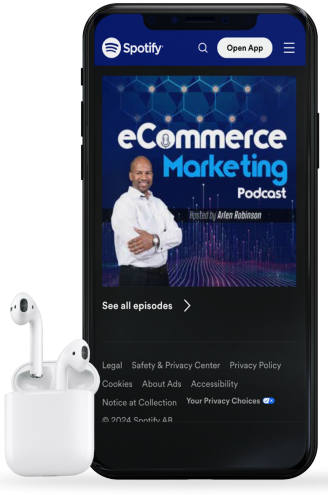
The eCommerce Marketing Podcast walks you through everything that goes into ecommerce marketing — from inbound marketing to paid advertising to conversions. Learn the strategies top marketing experts use to grow their businesses.
Marketing Strategies Revealed in this Episode:
- Blitz branding and how it can that be effective for an ecommerce business
- Growing an ecommerce business through podcasting
- The requirements for starting a podcast
- How to create a highly specified outreach list and turn that into a targeted social media ad campaign
- Examples of some top ecommerce brands that have leveraged podcasting and outreach lists to create successful brand awareness and social media ad campaigns

Episode Title: Leveraging Outreach and Content Marketing for B2B Success with Michael Greenberg
Host: Arlen Robinson
Guest: Michael Greenberg, Founder of Gentleman Of Technology LLC and Call For Content
In this episode of the eCommerce Marketing Podcast, Arlen Robinson talks with Michael Greenberg about effective strategies for B2B growth, including blitz branding, content marketing, and leveraging outreach efforts. Michael shares insights from his extensive experience in startup growth and podcasting, providing actionable tips for eCommerce businesses to enhance their marketing efforts and build brand awareness.
Key Takeaways:
- Introduction and Michael’s Background (00:20)
- Michael’s journey from startups to founding Gentleman Of Technology LLC and Call For Content.
- Blitz Branding Strategy (05:30)
- Utilizing a blitz of ads followed by targeted outreach to maximize brand impressions and warm up leads before direct contact.
- Podcasting as a Marketing Tool (13:15)
- Different reasons for starting a podcast: audience growth, cost-effective content creation, and networking.
- Implementing Blitz Branding (15:45)
- Example of using blitz branding for an eCommerce business selling grills and patio items through partnerships.
- Tracking and Retargeting Podcast Listeners (20:00)
- Using tools like Podsites to track mobile device IDs and retarget podcast listeners with ads.
- Easy Way to Start a Podcast (25:40)
- Steps to start a podcast using tools like SquadCast, Descript, and Omni.fm.
- Hard Way to Start a Podcast (27:30)
- More involved process with planning, better artwork, and a focus on promoting the podcast for listener growth.
- Creating an Outreach List on LinkedIn (31:00)
- Using LinkedIn Sales Navigator to build targeted outreach lists and run effective ad campaigns.
- Leveraging Podcasts for Audience Retention (35:45)
- Using podcasts as part of a content strategy to retain customers and deepen engagement.
- Case Study: Perfect Keto (39:00)
- Example of a successful eCommerce brand leveraging podcasting to enhance content marketing efforts.
Michael Greenberg is the founder of Gentleman Of Technology LLC, specializing in B2B SaaS and service businesses. He also launched Call For Content, a podcasting agency focused on content marketing and audience growth.
Contact Michael Greenberg:
- Website: Call For Content

